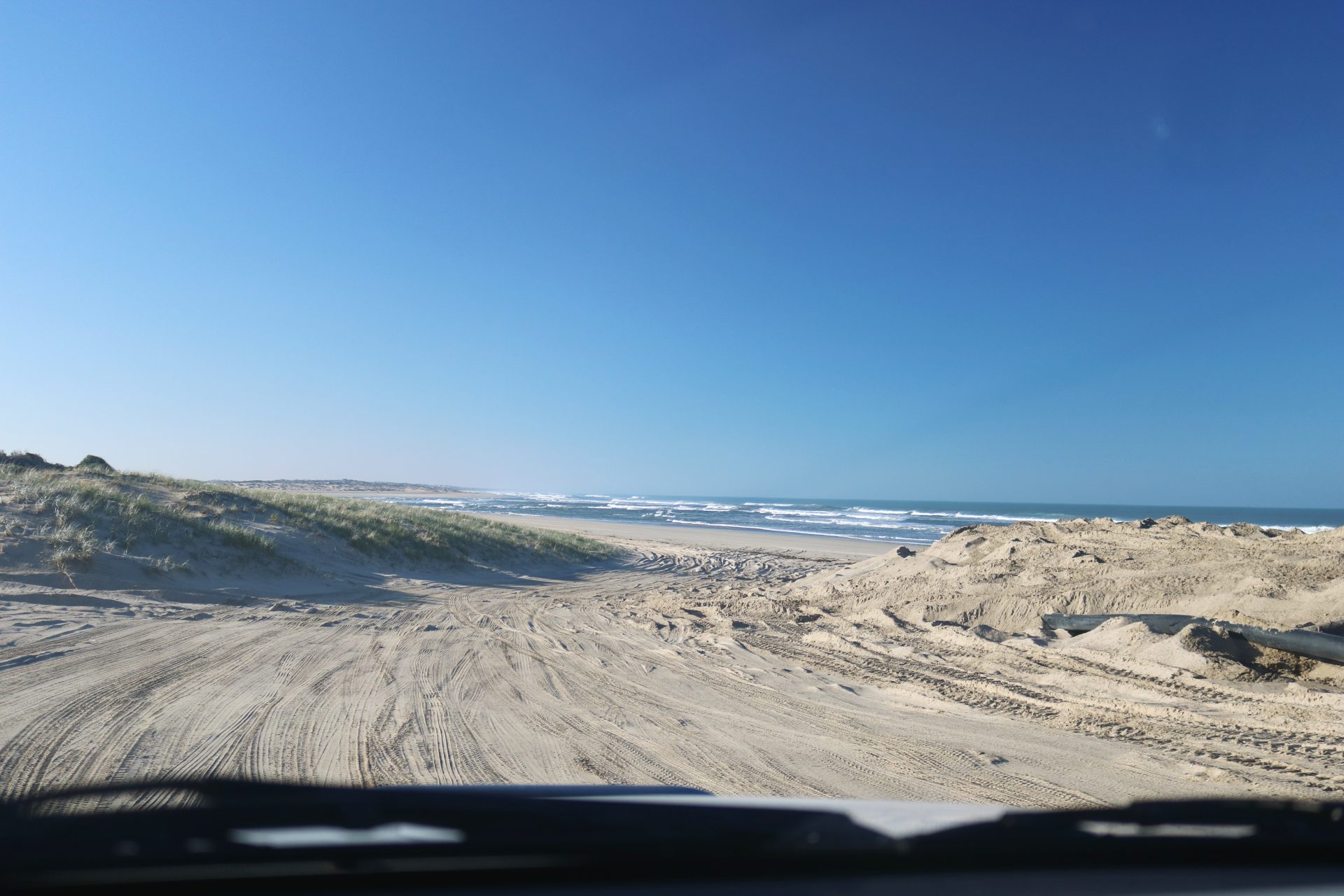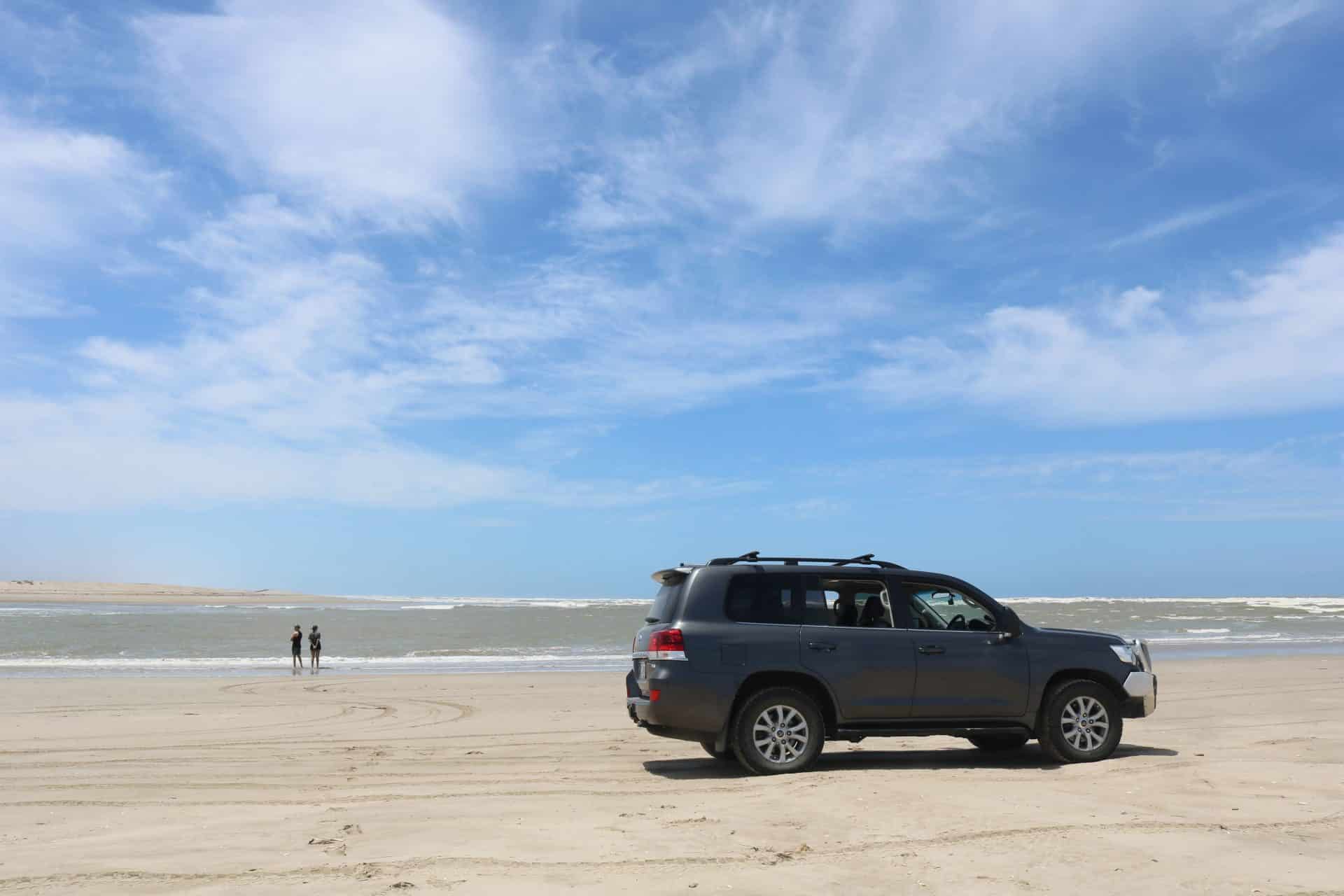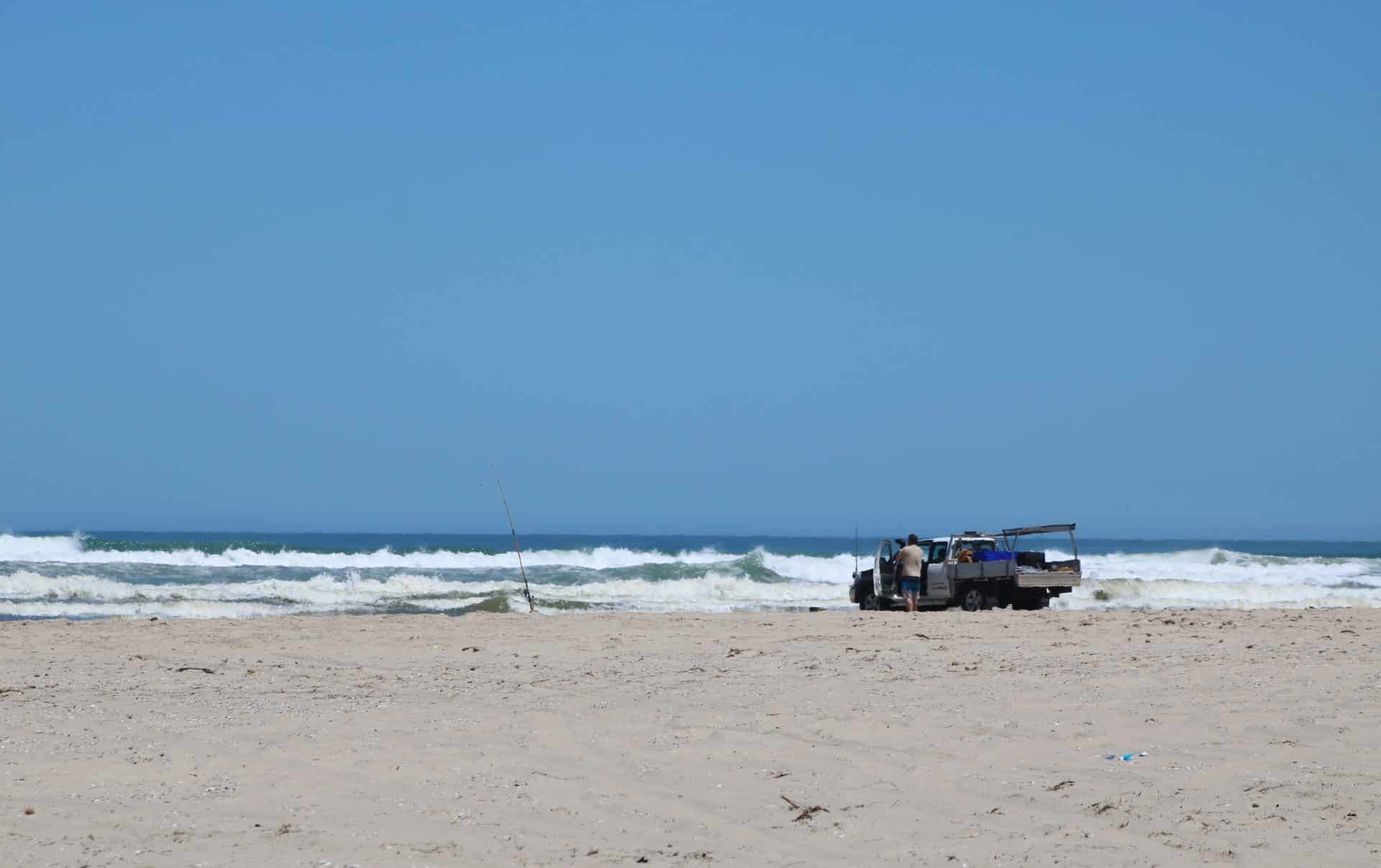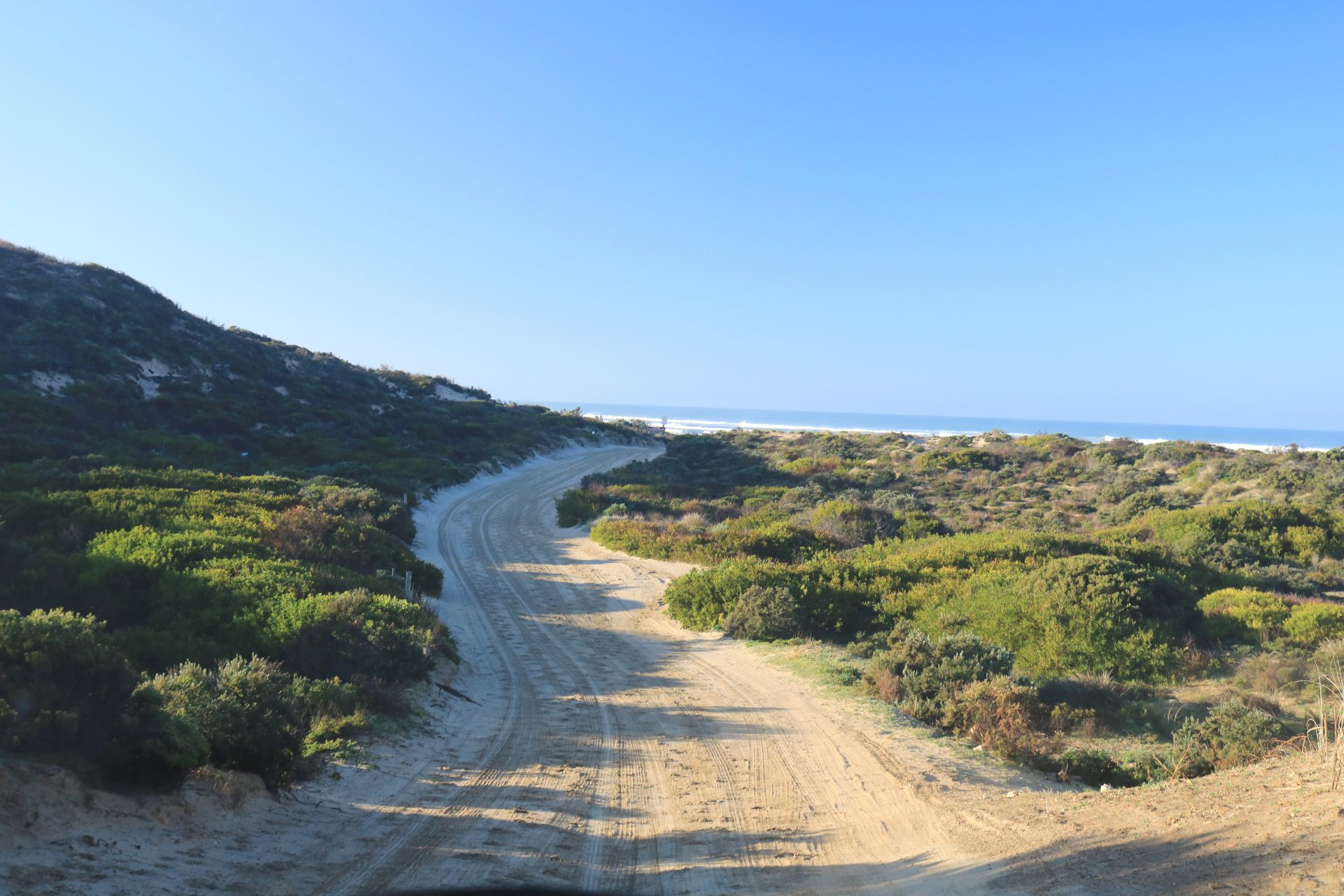4WD beach drives: Drive along Goolwa Beach to the Murray Mouth in South Australia
Advertisement
Australia has some spectacular beach drives, but Goolwa Beach on the Fleurieu Peninsula in South Australia is like no other. What sets this beach drive apart? For starters, Goolwa Beach is where Australia’s biggest river meets the ocean. Here, the Murray River collides with the Southern Ocean and Coorong National Park to create an incredible blue hue home to an abundance of birdlife and fish. From beach driving to wildlife spotting to fishing and simply enjoying the views, Goolwa Beach is worth the visit.
Obviously, you’ll need to check the tide times before driving on Goolwa Beach so you don’t get caught out. Check them out on Willy Weather >>HERE<<.
Wondering what the weather is going to be like at Goolwa Beach when you visit? Check out the forecast on Willy Weather >>HERE<<.
You might have heard a rumour that Goolwa Beach will soon be closed to 4WDs due to the reckless behaviour of some drivers. So far, nothing official has been announced, so as far as we know, Goolwa Beach is good to go.

Goolwa is a little over 80 kilometres south of Adelaide on the Fleurieu Peninsula. Once in Goolwa, take Beach Road towards the coast. This will lead you to the beach drive entrance, which you’ll find just behind the Surf Life Savers building.
As with all sand driving, you’ll need to lower your tyre pressure. You can do this safely in the large car park before driving onto the beach.
No. It’s free for now.
This is a beach for 4WDs only. You’ll look like a right knob if you try to take your two-wheel-drive through the deep, soft sand here! Once you’re on the beach, you’ll have 10 kilometres of cruising next to the wild Southern Ocean, spotting surfers, horse riders, fishers and cockle collectors. A speed limit of 40km was introduced here in 2022.
Driving on Goolwa Beach is possible most of the time, but we recommend driving it when the tide is at its lowest. If it’s a king tide or even a higher-than-usual tide, forget it.
Towards the end of the track, you’ll reach sand dunes that lead to where the waters of the Murray meet the ocean. You can drive around to the Murray River side, where a dredge is continually working to keep the water flowing out to sea. This area is the beginning of the Coorong, a nationally and internationally important waterway made famous in the Australian movie Storm Boy. The ecosystem here is an important breeding ground for prolific migratory birds and pelicans.
Please note that the sand dunes are out of bounds, and driving on them is highly illegal!

Can you free camp on Goolwa Beach? No, camping is not permitted at Goolwa Beach. Quite a number of people say there is a free camp at Goolwa Beach near the mouth of the Murray River. However, it’s important to note that the local Alexandrina Council states there is only one approved free camp in the region, and it’s at Frank Potts Reserve, Langhorne Creek. You are only allowed to stay up to 72 hours here.
Alternatively, there are a number of commercial caravan parks and HipCamp sites in Goolwa.
If you see people twisting and digging in the shallows, they’ll be collecting Goolwa cockles, also known as ‘pipi’ or ‘kuti’ to the local Ngarrindjeri people. These are only available to collect in season (from November to May) and are a popular ingredient for seafood dishes or as bait for fishing.
Speaking of fishing…you can fish anywhere along the beach, but the mouth is particularly popular for its variety. Salmon trout and Coorong mullet can be hooked using cockles, and serious fishers can try for Mulloway, which can grow up to two metres in size!
A regular rod can be used in the river mouth, but for the best chance of catching Mulloway, you’ll need a decent surf rod capable of casting over breaking waves. For bait, you can use small fish or squid, or lures are handy too. People have been caught out with the incoming tide here, so be sure to respect the area and take care when fishing.

Goolwa Beach is dog friendly, but there are restrictions to times and places.
In addition, dogs must be on a leash at all times within 50m of identified Hooded Plover breeding areas. Areas are signed and clearly visible.
For more information on dog-friendly areas within the region, click >>HERE<<.

Goolwa Beach is known for having strong currents, waves, and frequent rips, making it one of South Australia’s more hazardous beaches. But we’re used to this kind of thing in Australia, so while these conditions can be challenging for those with young kids, swimming is generally safe when proper precautions are taken. Make sure to swim between the flags in patrolled areas as these will be the safest zones and lifeguards can see you.
Yes. Goolwa Beach has reliable surf that’s rarely crowded. It’s at its best when a south swell combines with an offshore wind coming from the north-northeast. Many say the best time to surf at Goolwa Beach is at the beginning of Winter, when clean surfable waves are found half of the time . The other half, it’s usually blown out or too small for all but beginners and groms.

As well as the wide variety of birdlife, it’s not uncommon to spot dolphins fishing between the river and the mouth and fur seals sunning themselves on the beach. Lizards and snakes are found in the vegetated sand dunes, too, so watch out when you’re walking!
Words by Glenys Gelzinis and Jessica Palmer. Images by Glenys Gelzinis.